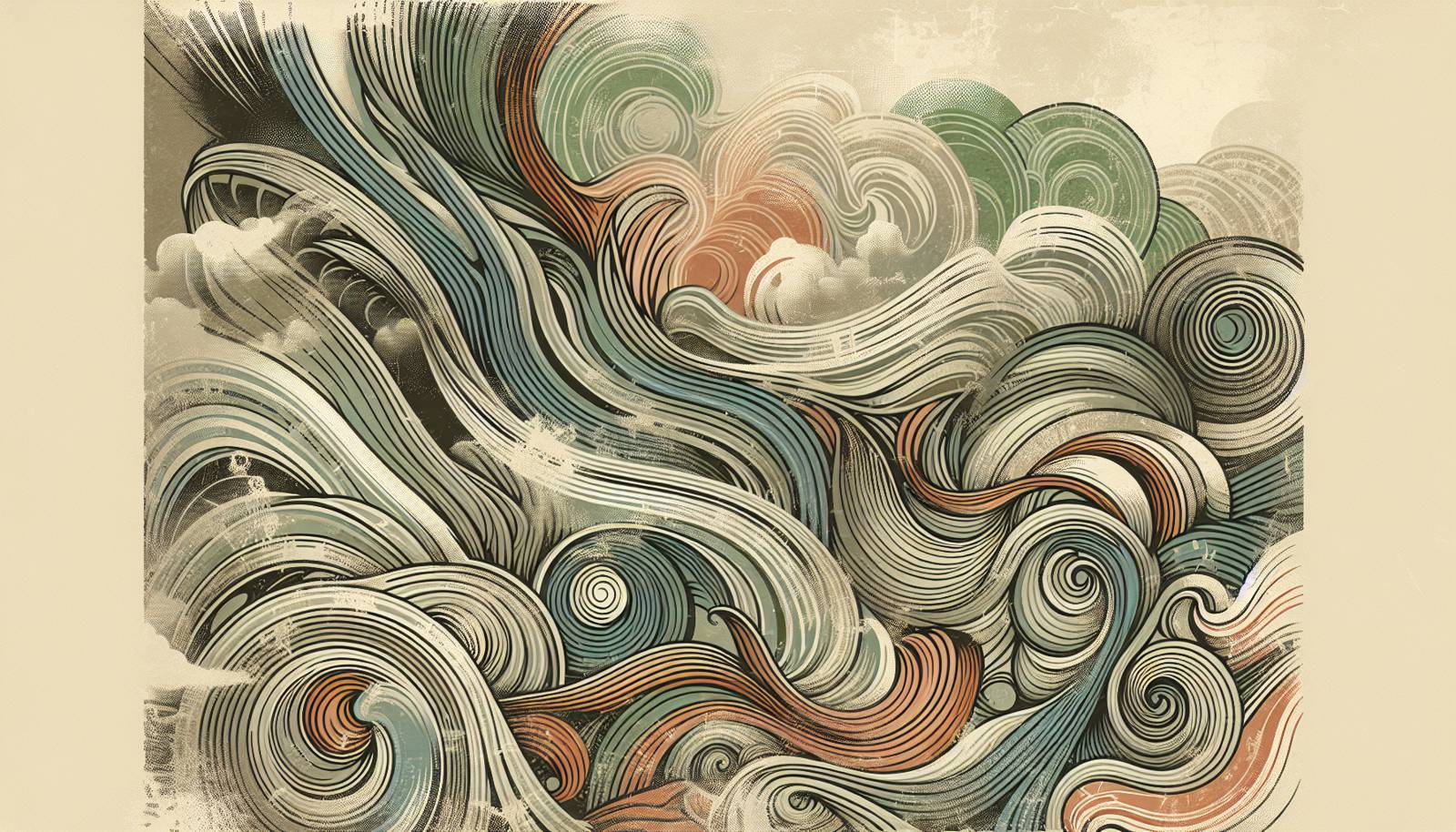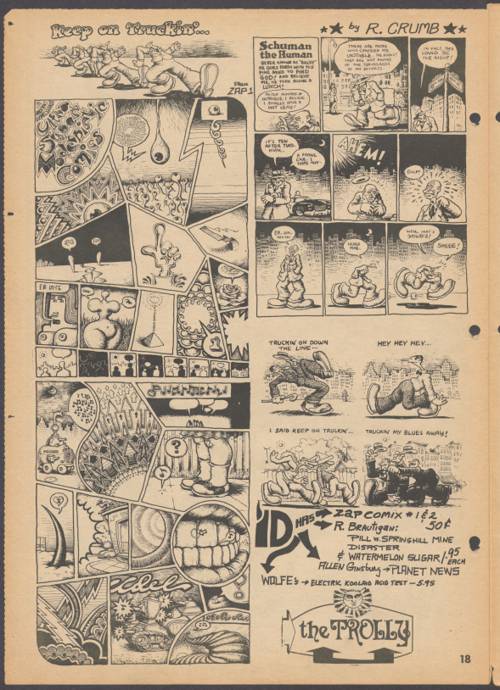
FAQ About The Role of Underground Comics in Counterculture Movements

What are underground comics?
Underground comics, often referred to as "comix" to differentiate them from mainstream comics, are a genre of comic books that emerged in the late 1960s and are characterized by their content aimed at adult readers. These comics often contain politically and socially challenging themes, graphic content, and experiment with art forms that deviate from the established norms of mainstream comics at the time.

How did underground comics contribute to counterculture movements?
Underground comics played a significant role in the counterculture movements of the 1960s and 1970s by providing a platform for artists to address taboo subjects and challenging social conventions. They often critiqued the Vietnam War, explored sexual liberation, fought against racial injustice, and questioned authority figures, contributing to the cultural dialogue and influencing societal change during a period of political turmoil and social upheaval.

Who are some influential artists in underground comics?
Notable artists in the underground comics movement include Robert Crumb, known for his satirical and controversial works such as 'Fritz the Cat' and 'Mr. Natural'; Art Spiegelman, who later gained fame for his Pulitzer Prize-winning graphic novel 'Maus'; and Trina Robbins, one of the pioneers in women's underground comics. These artists, among others, made significant contributions to the genre, pushing boundaries and exploring new artistic and thematic territories.

What key works define the underground comics genre?
Several key works define the underground comics genre. 'Zap Comix' by Robert Crumb is perhaps the most iconic, setting the standard for the movement. 'The Fabulous Furry Freak Brothers' by Gilbert Shelton was another influential series, known for its humor and political satire. Additionally, 'Woman's Comics' and 'Tits & Clits Comix' helped to bring women's voices to the forefront of the genre.

When did underground comics first emerge?
Underground comics first emerged in the late 1960s during a time of significant cultural and societal upheaval in the United States. This period was marked by widespread protest against the Vietnam War, the civil rights movement, and a general pushback against traditional values, setting the stage for this new, subversive form of artistic expression.

How do underground comics differ from mainstream comics?
Underground comics differ from mainstream comics primarily in their content, style, and audience. They often contain adult themes, including sex, drugs, and political commentary, which are generally more radical or explicit than the content found in mainstream comics. Moreover, underground comics were distributed independently and often had limited runs compared to mainstream titles, which were typically published by large companies like Marvel and DC Comics.

What impact did underground comics have on mainstream comics?
Underground comics influenced mainstream comics by introducing more mature themes and narrative styles that challenged the conventional norms. Over time, the impact of underground comics encouraged mainstream publishers to adopt more diverse and adult-oriented content, as seen in the emergence of graphic novels and the development of alternative comic lines that addressed complex social issues.

What were some common themes in underground comics?
Common themes in underground comics included anti-establishment sentiments, social satire, drug culture, sexual liberation, and civil rights. These comics acted as a mirror to the societal transitions and upheavals of their time, often addressing controversial issues that were not openly discussed in mainstream media.

Why are they called "comix" instead of "comics"?
The term "comix" is used to distinguish these underground works from mainstream comics and emphasize their distinctiveness. The unconventional spelling reflects the rebellious and non-conformist nature of the content, highlighting their subversive approach to art and storytelling.

Did underground comics face censorship or legal challenges?
Yes, underground comics frequently faced censorship and legal challenges due to their explicit content and willingness to tackle controversial issues. Many of these works fell afoul of obscenity laws, leading to raids on comic stores and the seizure of publications. Artists and publishers had to navigate legal battles and societal pushback to distribute their works.

How did underground comics reach their audience without mainstream distribution channels?
Underground comics were mainly distributed through a network of head shops, independent bookstores, and comic book conventions. They relied heavily on grassroots methods, including the counterculture press and word-of-mouth, to reach audiences interested in alternative art and narratives.

What role did psychedelic art play in underground comics?
Psychedelic art, with its vibrant colors and mind-bending designs, played a significant role in underground comics by visually representing the themes of counterculture and the sensory experiences associated with the use of hallucinogenic drugs. This style of art contributed to the unique aesthetic of underground comics and resonated with readers who were part of or curious about the psychedelic movement.

In what ways did underground comics address social issues?
Underground comics tackled social issues by using satire and direct commentary to critique societal norms and political policies. They addressed issues such as racial discrimination, gender roles, and sexual orientation by presenting alternative narratives and challenging the mainstream media's portrayal of these topics.

Are underground comics still being produced today?
While the original wave of underground comics dwindled by the late 1970s, the ethos and influence of underground comics persist in today's independent and alternative comic scenes. Many modern creators draw inspiration from the underground movement, producing works that continue to challenge conventions and explore mature themes.

How did underground comics influence pop culture?
Underground comics significantly influenced pop culture by pushing the boundaries of what comics could be, both in content and form. They opened the door for alternative narratives and diverse voices in media, contributing to the rise of graphic novels and indie comics, which enjoy mainstream popularity today.

Did underground comics have any impact on other forms of media?
Yes, underground comics have influenced other forms of media, including film, music, and literature. The narrative styles, themes, and characters from these comics have inspired filmmakers, musicians, and writers to explore unconventional topics and adopt more inclusive and diverse storytelling techniques.

What demographic was the primary audience for underground comics?
The primary audience for underground comics was young adults and college students who were part of or sympathetic to the counterculture movements of the 1960s and 1970s. These readers were often interested in alternative forms of expression and critiques of mainstream values.

How did technology affect the production and distribution of underground comics?
Advancements in printing technology in the late 1960s and 1970s allowed underground comic creators to produce lower-cost publications with innovative layouts and formats, contributing to their unique aesthetic. Additionally, independent distribution networks combined with grassroots marketing helped these comics reach their niche audience despite limited access to traditional retail outlets.

What is the legacy of underground comics in the comic book industry?
The legacy of underground comics is reflected in the continued evolution of the comic book industry towards more inclusive, experimental, and mature narratives. Their impact is seen in the success of graphic novels and an increased acceptance of comics as a legitimate form of art and literature, exploring complex themes beyond traditional superhero stories.

How did feminists engage with underground comics?
Feminists engaged with underground comics by creating works that addressed women's issues and challenged the male dominance in both mainstream and underground comics. Pioneers like Trina Robbins broke new ground by producing comics that featured female voices and perspectives, addressing topics like gender inequality and sexual liberation.
